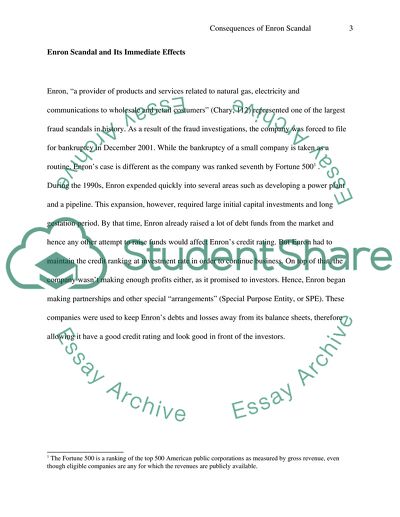Cite this document
(What Were the Consequences of the Enron Scandal Case Study, n.d.)
What Were the Consequences of the Enron Scandal Case Study. Retrieved from https://studentshare.org/law/1706999-what-were-the-consequences-of-the-enron-scandal
What Were the Consequences of the Enron Scandal Case Study. Retrieved from https://studentshare.org/law/1706999-what-were-the-consequences-of-the-enron-scandal
(What Were the Consequences of the Enron Scandal Case Study)
What Were the Consequences of the Enron Scandal Case Study. https://studentshare.org/law/1706999-what-were-the-consequences-of-the-enron-scandal.
What Were the Consequences of the Enron Scandal Case Study. https://studentshare.org/law/1706999-what-were-the-consequences-of-the-enron-scandal.
“What Were the Consequences of the Enron Scandal Case Study”, n.d. https://studentshare.org/law/1706999-what-were-the-consequences-of-the-enron-scandal.


